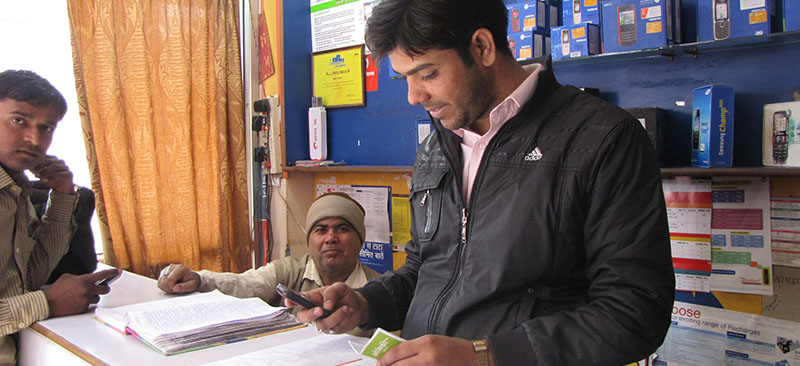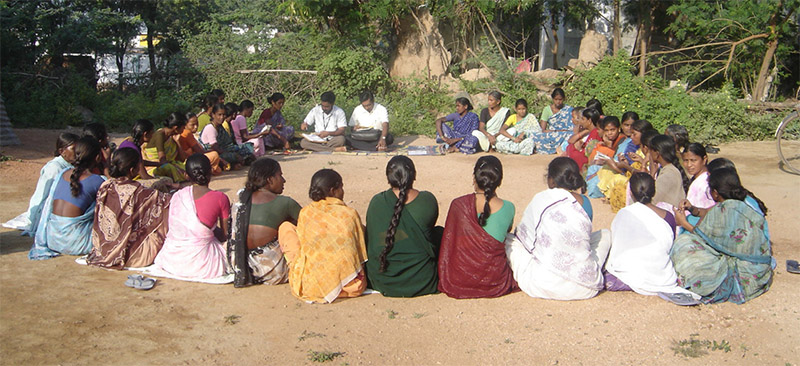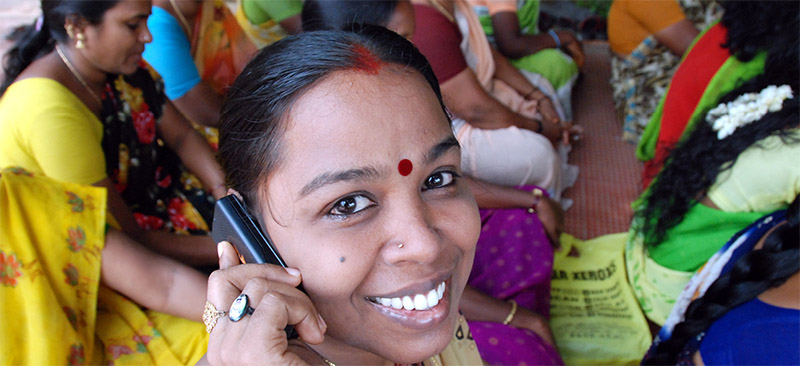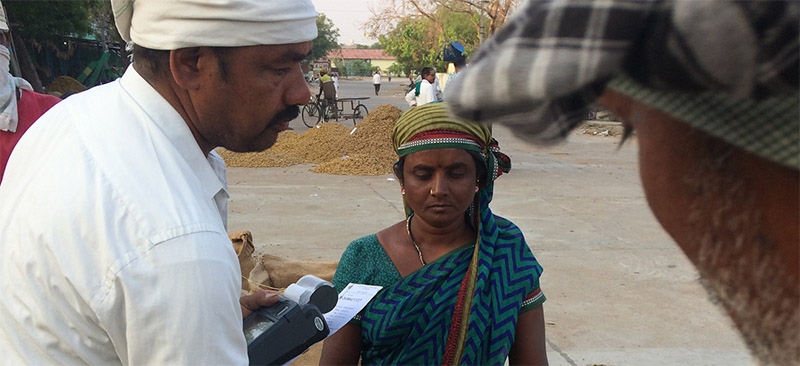Banking regulations and government policies have been, and will continue to be, vital determinants of the progress of e/m-banking and the impact it can deliver, particularly for bank-led models. At times, however, there has been a blurred dividing line, and even tension, between the roles of the regulator, (as guardian of the interests of consumers and banking institutions), and activist governments (providing policy direction as the largest shareholder in public sector banks). This can lead to some undesirable consequences. This Policy Brief examines the recent shift in policy direction for the business correspondent model in India and the associated challenges and potential consequences from a consumer standpoint.
The new Business Correspondent Network Manager selection process using a reverse auction approach takes no notice of consumer needs and aspirations for a wider range of products, differentiated services, assured quality, and service continuity. Pricing is still fixed, and does not recognise consumer willingness to pay market driven prices for quality products and services. The prescriptive nature of the reverse tender documents blocks off all avenues for innovation, as well as remuneration according to real cost of delivery. This Policy Brief investigates the merits, demerits and challenges of this approach and potential consequences from a consumer standpoint. It highlights detailed scenario analyses of different BCAs’ current and prospective earnings in a range of situations – rural and urban for both individual and BCNM-managed agents. In all situations BCAs are likely to see (often significant) reductions in their already limited and precarious incomes – suggesting that agent churn (already in the range of 30-40%) is likely to further increase.




